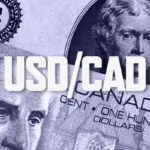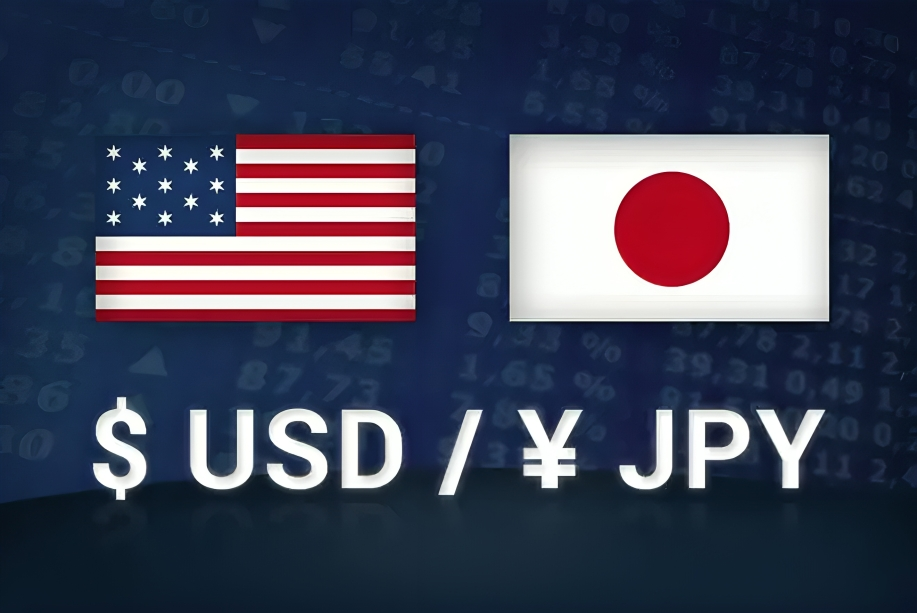The EUR/USD pair remains under pressure as a combination of factors, including tariff threats from former President Trump, diverging monetary policies, and economic headwinds in the eurozone weigh heavily on the Euro. While the European Central Bank (ECB) hints at further rate cuts to deal with weak growth and inflation, the Federal Reserve’s cautiousness in the wake of softer US data and dovish remarks has created uncertainty in the market. The strong US Dollar, boosted by trade tensions and rising yields, adds additional challenges for the Euro, which is still struggling at resistance levels and cannot hold the rallies. With the broader bearish trend remaining in place and geopolitical and economic uncertainties continuing to hamper, the road ahead for EUR/USD is still not easy.
KEY LOOKOUTS
• President Trump’s potential tariffs on the Eurozone could boost the US inflation, thereby propelling the US Dollar further and pushing EUR/USD closer to the critical parity level.
• ECB’s dovish policy contradicts the Fed’s cautious stance, which has been creating a challenging environment for EUR/USD in the face of central bank decisions.
• Soft data and dovish comments from the Fed are creating uncertainty over the trajectory of the Greenback, affecting short-term momentum and the movements of EUR/USD.
• Germany’s weak growth and political uncertainties across the bloc make it challenging for the Euro to sustain rallies against the Dollar.
The EUR/USD pair is currently negotiating a very challenging environment with tariffs threats, differing central bank policies, and the economic headwinds both in the US and the Eurozone. The President Trump’s threat of tariffs against the Eurozone imposes inflationary pressures on the US economy, making the Greenback potentially more powerful and bringing EUR/USD closer to parity. Contrasted against the Fed’s cautious position and given the mixed numbers for the American economy, weak growth and lower inflation have weighed upon the tone of the European Central Bank, leading to added difficulties for the Euro. Those would include growing concern over growth in Germany as well as across the bloc political uncertainty. Resistance has now formed at 1.0457 with support at 1.0176, ensuring that the longer term bearish trend remains firm.
The EUR/USD pair struggles amid tariff threats, diverging central bank policies, and economic headwinds. While the ECB signals further rate cuts, the Fed’s cautious stance fuels market uncertainty, keeping the Euro under pressure.
• President Trump’s tariff threats on the Eurozone could boost US inflation and strengthen the Dollar, pressuring the EUR/USD pair.
• Further cuts in interest rates by the European Central Bank in an attempt to reverse weak growth and inflation further test the Euro.
• The cautious Federal Reserve is now prompted by softer US economic data, making the market hesitate before its interest rate decision.
• The Greenback continues to be strong with the increase in US yields and trade tensions limiting the Euro’s potential for a rebound.
• The short-term direction of EUR/USD will depend on the key levels of resistance at 1.0457 and support at 1.0176.
• Economic problems in Germany and political uncertainties across the Eurozone have been weighing on the performance of the Euro.
• Diverging monetary policies and geopolitical risks keep EUR/USD in a bearish trend, and traders are cautious about sustained rallies.
The EUR/USD pair is under immense pressure as a mix of geopolitical and economic factors shapes the market dynamics. Threats by President Trump to impose tariffs on the Eurozone have added uncertainty to global trade, pushing the US Dollar higher. Dovish stances by the European Central Bank (ECB) due to weak growth and inflation in the Eurozone have complicated the Euro’s position further. In contrast, the Federal Reserve is more careful. Softening US economic data and dovish comments by FOMC officials are dominating market sentiment. This has created a gap that makes the Euro a vulnerable pair as it approaches resistance at 1.0457 and support at 1.0176 in the near term.
EUR/USD Daily Price Chart.

Source: TradingView Prepared By ELLYANA
Although short-term rallies occur, the overall bearish trend in EUR/USD persists as long as it stays below the 200-day SMA at 1.0773. The strong US Dollar- with support coming from higher yields and prospects of stable Fed policies- restricts the Euro’s upside. Moreover, ailing German economy plus political noise throughout the Eurozone exacerbate the Euro’s pain. Investors continue to be risk averse with tension in the trading and actions by the central bank, expected to cause volatility going forward. Since markets wait for economic indicators and policy measures announcements, EUR/USD does not seem an easy journey for this pair as they would continue under pressure.
TECHNICAL ANALYSIS
The EUR/USD continues its long-term trend lower. As noted, a long-term 200-day SMA now at 1.0773 is seen to be the first significant level of resistance for EUR/USD. On the negative side, the year-to-date low of 1.0176 acts as an initial support level, and then there is the psychological parity level of 1.0000. Key resistance levels are the 2025 high of 1.0457, the interim 55-day SMA at 1.0471, and the December 2024 peak of 1.0629. Momentum indicators tell a mixed story: the RSI is around 54, pointing to a weak recovery, while an ADX value below 30 points to a weakening trend. Failure by the pair to stick above 1.0460 would reinforce bearish sentiment, and traders are watching close attention at these levels to base a call on the short-term direction.
FORECAST
Short-term recoveries might be seen for the EUR/USD pair if any upcoming economic data from the Eurozone is above forecast, or if the Federal Reserve starts signaling a dovish stance at the upcoming meetings. Any bullish move needs to clear resistance levels 1.0457 and 1.0471 before rallying further toward 1.0629, the peak seen in December 2024, if the market sentiment goes in favor of the Euro. Improved growth indicators or reduced trade tensions may further support an upward move, but within a limited range because of the prevailing bearish trend.
On the downside, the pair remains vulnerable to additional declines if US economic data continues to outpace Eurozone performance or if President Trump’s tariff threats escalate. A break below the key support at 1.0176 would leave the door open to testing the psychological parity level of 1.0000. Sustained growth concerns in the Eurozone, together with the dovish outlook by the ECB, are likely to keep the Euro under pressure. Should the US Dollar Index (DXY) gain further, perhaps on the back of rising yields or safe-haven demand, EUR/USD might fall more sharply, reinforcing the broader bearish outlook.







